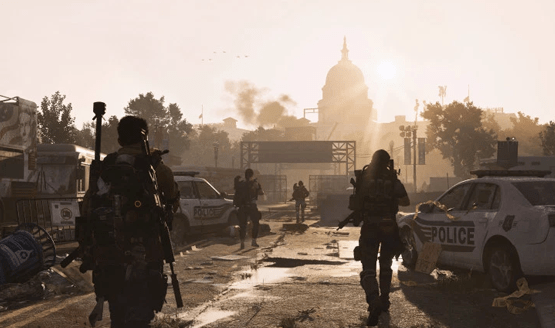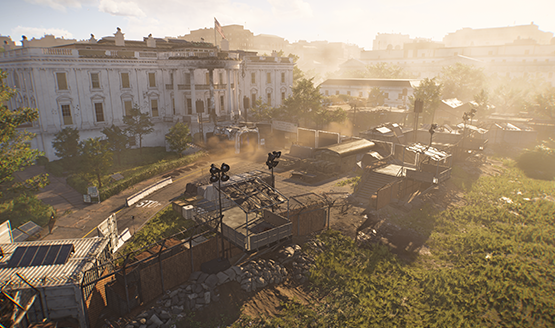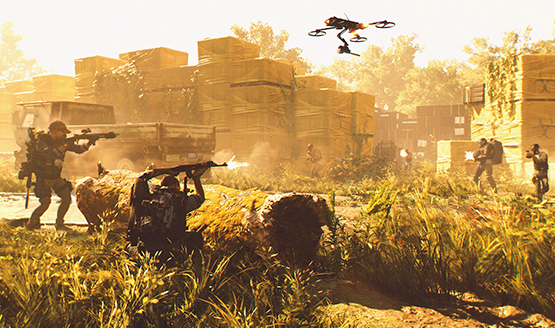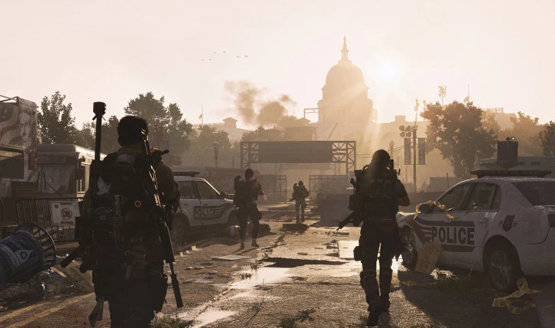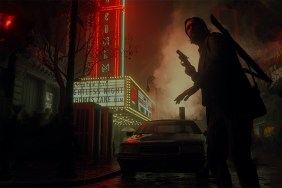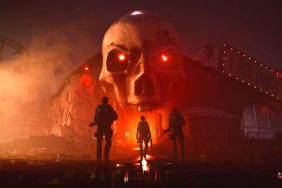In the beginning, you take back Washington, DC. It’s an impressive Washington, DC, one that’s as near a one-to-one recreation of the city (or any city) as games have ever gotten. There’s something epic about pushing up the ruined lawn of the White House in an effort to establish a base of operations in The Division 2’s opening mission. It sets the stage. This is Washington, DC, seven months after the viral outbreak. Zombie games have long explored post-apocalyptic landscapes, but The Division isn’t a zombie series. Its outbreak is simply a deadly disease, but one that caused the imminent breakdown of society as we know it. What happens when the economic structures we’ve built begin to fail? A ravaged DC overgrown with plant life and under control of three warring factions might begin to answer that.
The first Division did a great job at being an open-world multiplayer third-person shoot’n’loot game, but, most notably at launch, it lacked any reason to continue the gameplay loop once you’d finished the initial campaign. Numerous updates in the three years since have overhauled it into a game that is almost unrecognizable beyond that initial weak endgame offering. The Division 2 is correcting this course by launching with a full endgame, another complete chapter that entirely changes DC once you’ve reclaimed it in the main 1-30 campaign.
In the initial campaign, you’re goal is to explore DC, reach level 30 (hence the term 1-30 campaign), and ultimately take back the Capitol building from the opposing faction that has made it their own base of operations. Red Storm put a huge focus on a natural feeling living world that evolves over time. Open world activities are dynamic based on the needs of the survivors and the communities, as well as the areas that the enemy factions control.
A Realistic DC
Each of the three enemy factions are unique in both visual aesthetic and combat style. The Hyenas are a scavenger group that remind me a lot of the psychos from Borderlands. They thrive in a world of anarchy, without government or control. The Outcasts and the True Sons make up the other two factions, each bringing their own distinct style to the encounters you’ll face with them. Perhaps more intriguing than the enemies themselves (as yet relatively faceless, so as to avoid getting overly political, of course) is Washington, DC itself.
When The Division came out, it was praised for its authentic Manhattan, mapped block for block almost down to the last building. It was something I personally loved about the game. The sense of scale gave a lot of weight to this viral outbreak situation. For The Division 2, they took things a step further. Not only is Washington, DC mapped out as close to one-to-one as they could get—using GPS satellite data, among other research to get things right—but the building interiors are also just about as accurate as they can be. Where Manhattan took us to a lot of iconic exterior locations, Washington, DC also adds a lot of distinct interiors that people will immediately recognize. With the White House as the base of operations, you’ll come upon places like the Oval Office, the press briefing room, and others. One missions sent us into the National Archive in what felt like a Nicolas Cage inspired caper to retake the Declaration of Independence. DC differs drastically from the skyscrapers of New York, adding one of the most interesting and fun playgrounds in any video game.
But that wasn’t enough for the team behind The Division 2. After creating a realistic DC, they mapped out how the world would change seven months after the collapse of society. “There were research trips done and different people were consulted about what actually would happen,” Senior Lead Designer Keith Evans told me. “What would happen when the sewers stop working, and they can’t pump out the water and they start backing up. What does that do to the roads and how would it all degrade over time?” Projecting seven months of devastation onto DC was more than just adding some structural damage and extra plant life. It was all about realistically looking at how the city of today would change. “It makes it so that even if you live in DC- we really want to make you feel like you’re in the spot, like ‘Oh, that’s the path I take to work every day!’ It’s that accurate, but there’s still all this stuff to discover because everything’s unpredictably destroyed. It’s really cool.”
With all of that, the city itself will continue to change as you play. Taking back strongholds from enemy factions will increase your own hold on the city and give survivors a bigger footing. They in turn will aid you, opening up additional opportunities on the map. It’s perhaps one of the best uses of the open world genre that I’ve seen, a far cry from the overly formulaic and rigid open-world structure of a game like Marvel’s Spider-Man. And that’s all just in the main campaign. Once you unseat the True Sons from their position in the Capitol building (is that considered a spoiler), an entirely new enemy faction enters the world, reshaping the entire map and presenting the foundation of The Division 2’s endgame.
Speared by the Black Tusk
While it wasn’t exactly revealed under what narrative motivation this new faction has, we were skipped forward to a point in the game past the main 1-30 campaign where Black Tusk had come in to assert its dominance over the region. They are a high-level military force, complete with robotics that look like they were manufactured by Boston Dynamics for the purposes of making sure you don’t live to see another day. Encounters with Black Tusk are notably more difficult than the more standard “cover shooter” type encounters in the main game. You’ll have to watch for certain skills, specialties, and other tactics that are designed to keep you on your heels.
Fortunately, The Division 2 isn’t about to leave you high and dry. After reaching level 30 and finishing the main campaign, an entire new facet of the RPG opens up with specialists. Essentially The Division 2’s version of classes, specialists grant additional abilities that lean into specific play styles. Whether you plan on being tanky and right up front or prefer to hang back with the likes of a crossbow, The Division 2’s endgame will make sure that you can lean into your particular play style even more.
Invaded missions are some of the main repeatable endgame activities, and in my brief time with two of them, they proved to be tough. Where we hadn’t experienced a full team wipe before, my squad of four got cut down numerous times will facing the Black Tusk faction. These guys are relentless. Learning from the extensive time spent in the main campaign is not only useful, it will be necessary. Even then, really utilizing all of the specialization options that open up will be essential to defeating the Black Tusk.
Launching with a far more hefty endgame than the original Division, The Division 2 will continue a stead stream of additional content for free during its first year to ensure that people have more than enough to come back and continue playing again and again. The real benefit that The Division 2 has is that it’s learned from past mistakes. Knowledge developed over three years with The Division was directly implemented into The Division 2 for its launch, and the team will continue to learn and adapt as they move forward to ensure they not only meet their own vision, but create the best game possible for their players.
If there is one small thing that concerns me, it’s how the final game will run. While there weren’t any PS4s available to play on at the event, the PC build that I was demoing ran into a severe frame stutter issue that rendered the game unplayable until the application was restarted. I heard scattered reports from other journalists that ran into similar problems. Of course, builds like this are early and can easily be optimized for full release. There’s also a beta coming up in just a few days that will showcase much of the same content I played, and we can get a good sense at that time how the game runs on PS4.
Overall, I think The Division 2 has a really strong footing. It’s got impressive environments, fun third-person shooter gameplay, and the long game leans into that loot-based RPG heavily, giving players plenty of reasons to come back again and again. Learning from an ambitious but flawed first game puts The Division 2 in a position to impress right from the beginning. While I managed to get more than five hours of hands-on time with the game, even that felt like it wasn’t enough. There’s a lot of depth and nuance within The Division 2, expertly balancing a great cover-based third-person shooter with RPG elements and a whole lotta loot. In fact, The Division 2, might look a hell of a lot like a shooter, but I would call it an RPG at its core. It’s that very RPG heart that gives the game an edge, keeping it around a lot longer than if it were just another military shooter.
The Division 2 hands-on preview event was hosted by Ubisoft. Travel and accommodations were provided by Ubisoft for the event.
The Division 2 Endgame Preview February 2019
-
The White House
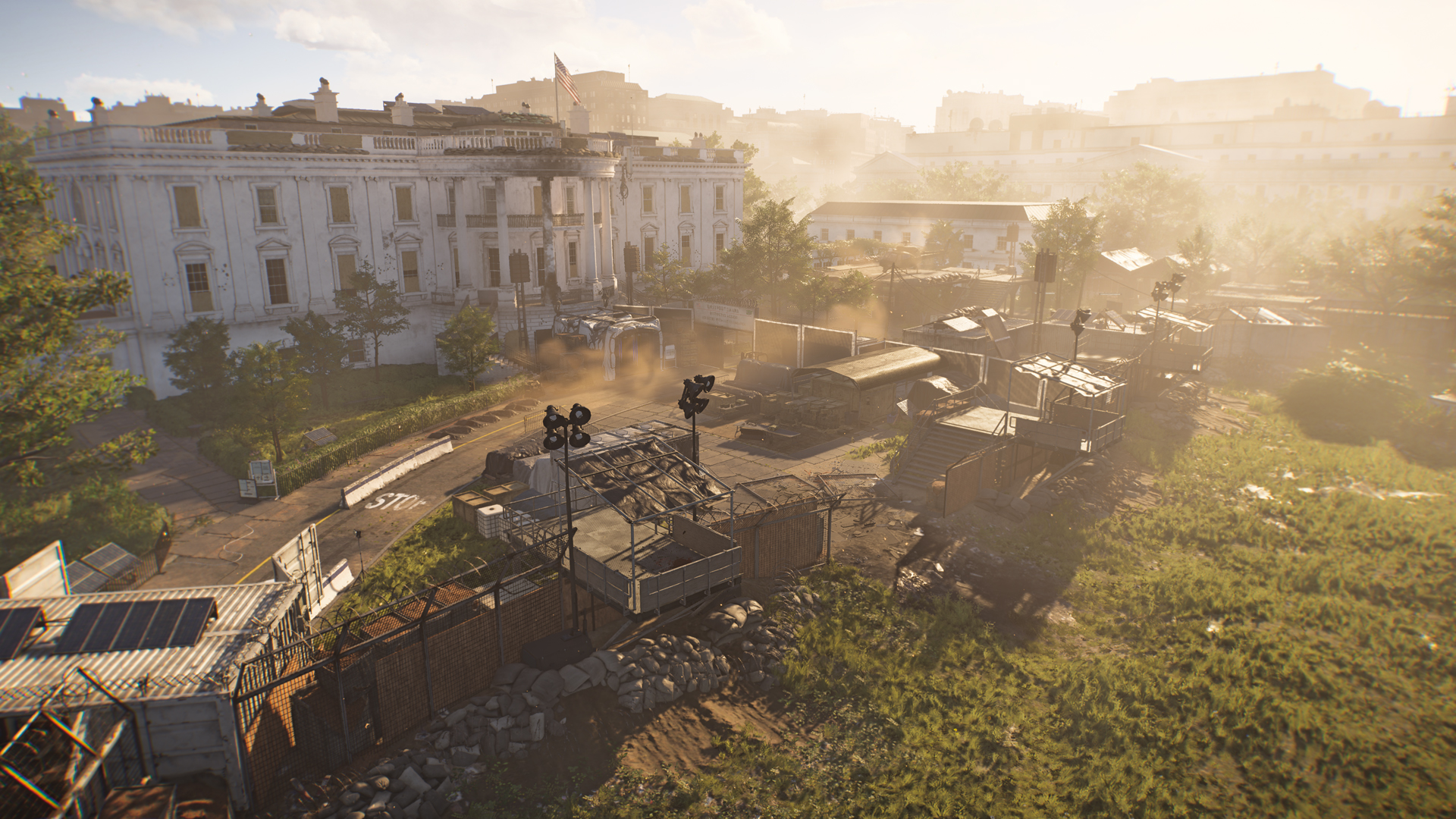
Notice how the base of operations subtly evolves.
-
The White House
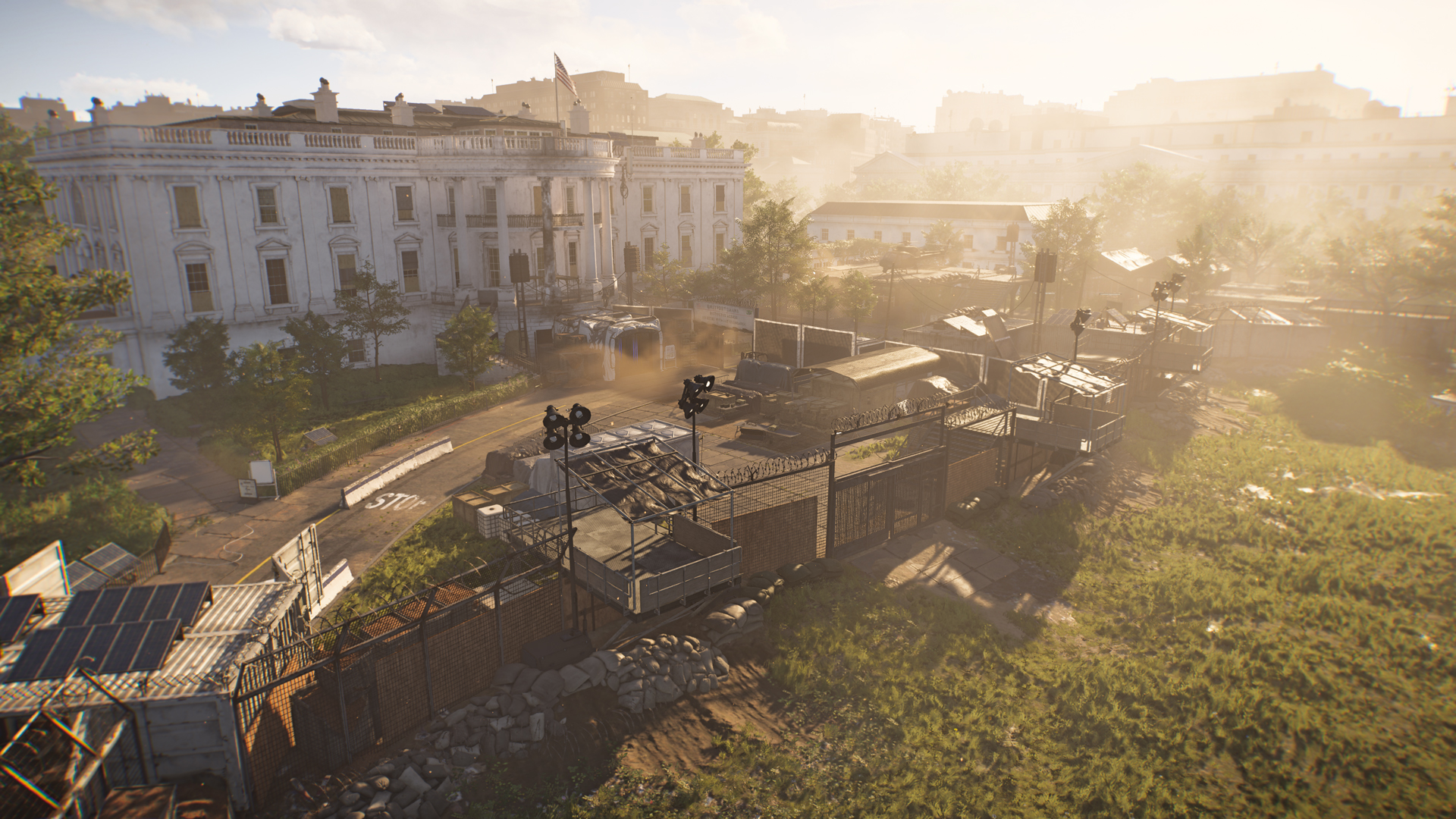
As your control over DC grows, small things are added to your base, such as solar panels.
-
The White House
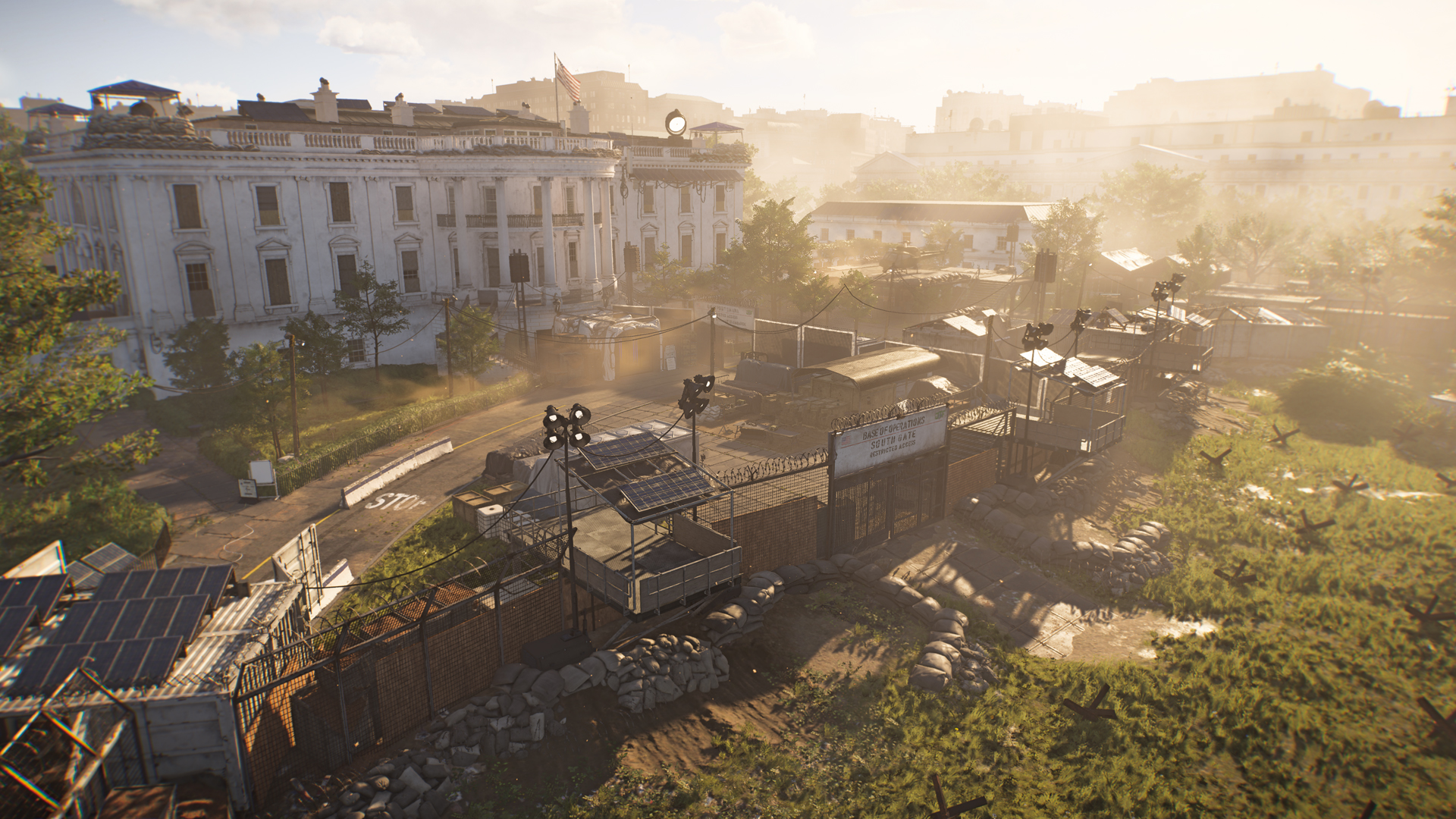
These small visual adjustments help the world feel like it is naturally evolving, rather than a sudden drastic change.
-
Situation Room
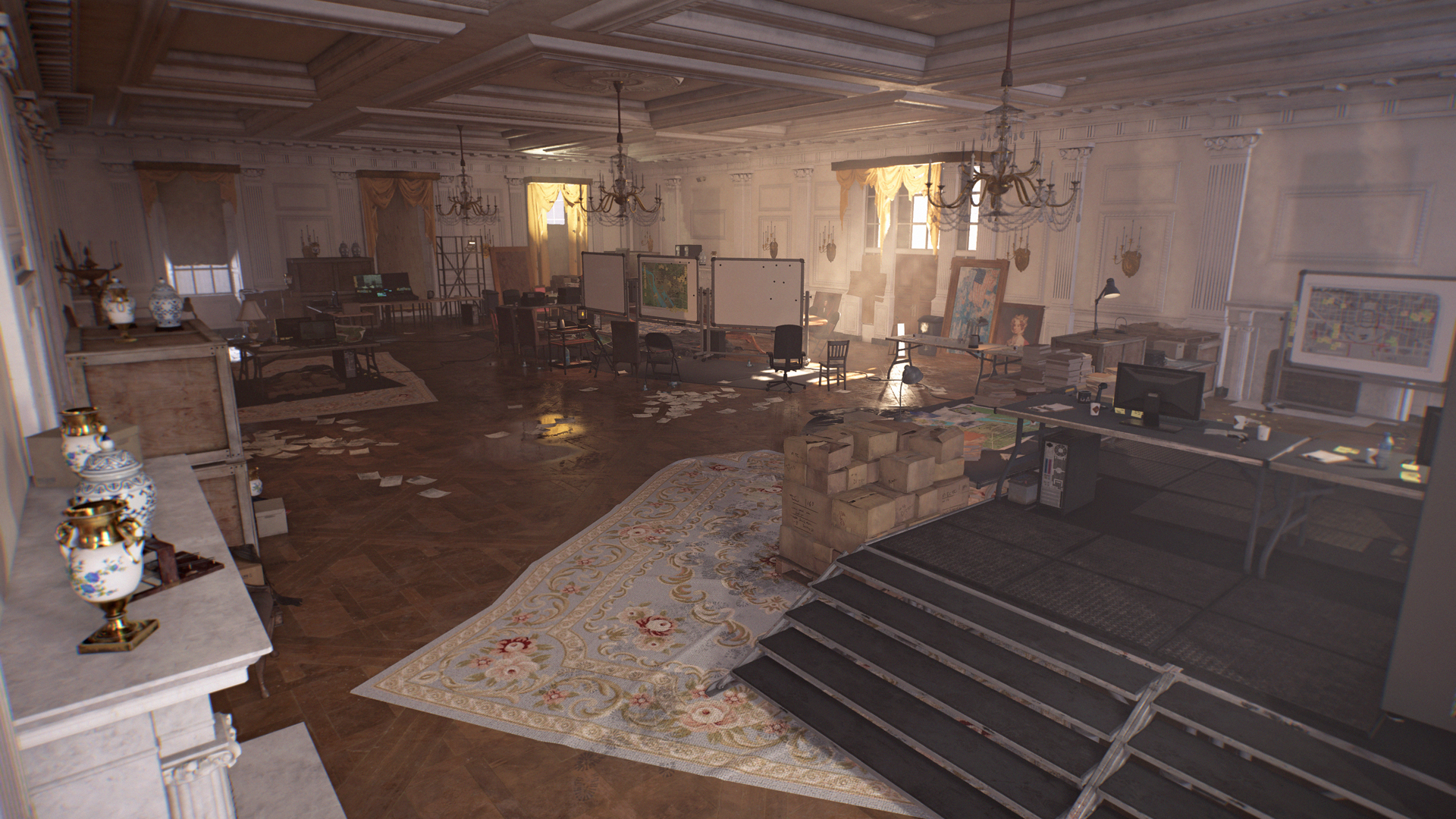
Like the exterior, the situation room will gradually change throughout the game.
-
Situation Room

New equipment is added as your capabilities grow.
-
Situation Room
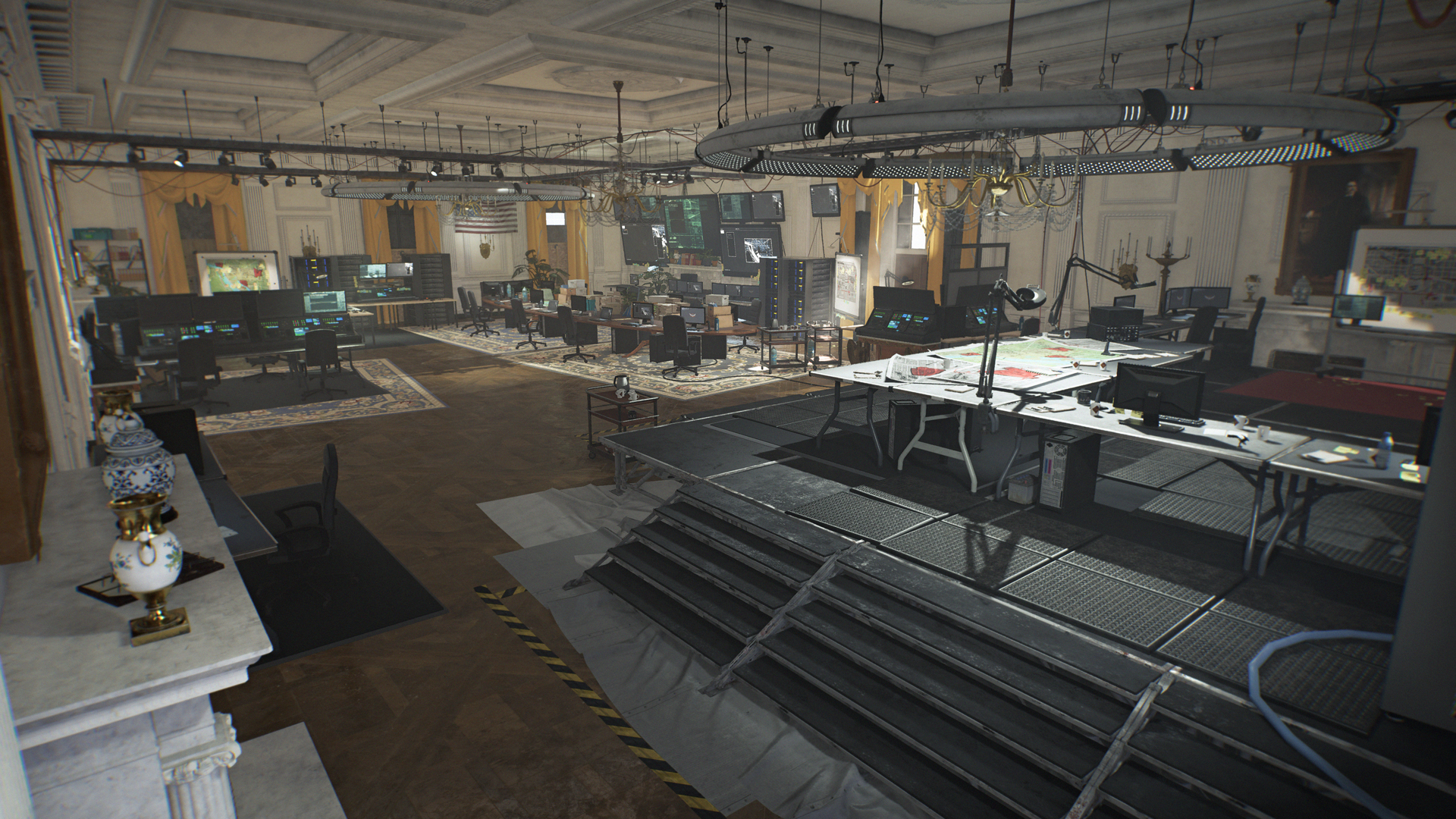
Added visual changes can even signal some gameplay elements being added.
-
Situation Room
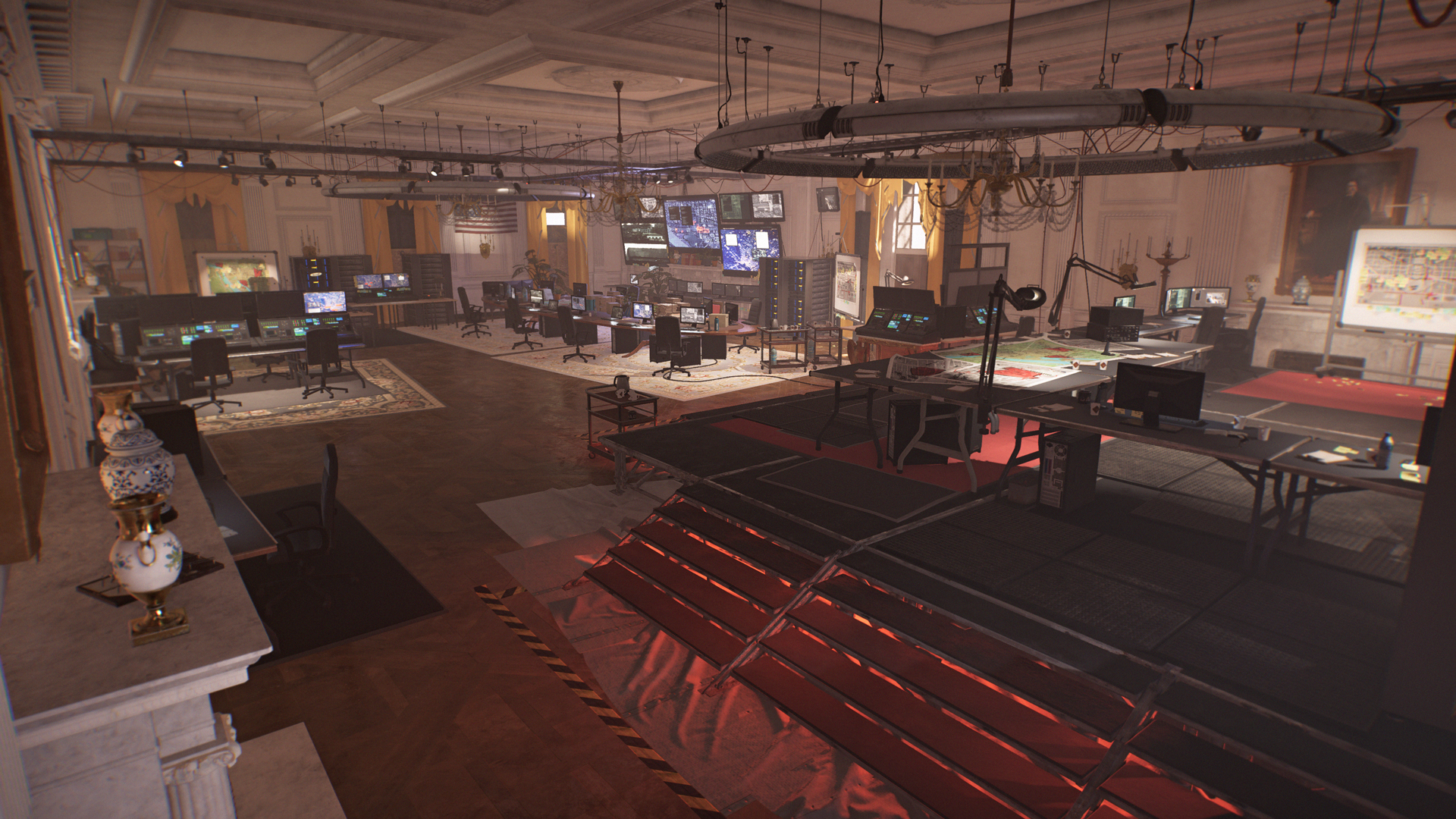
You won't be fully in control for long though. Black Tusk awaits you in the endgame.
-
The Division 2
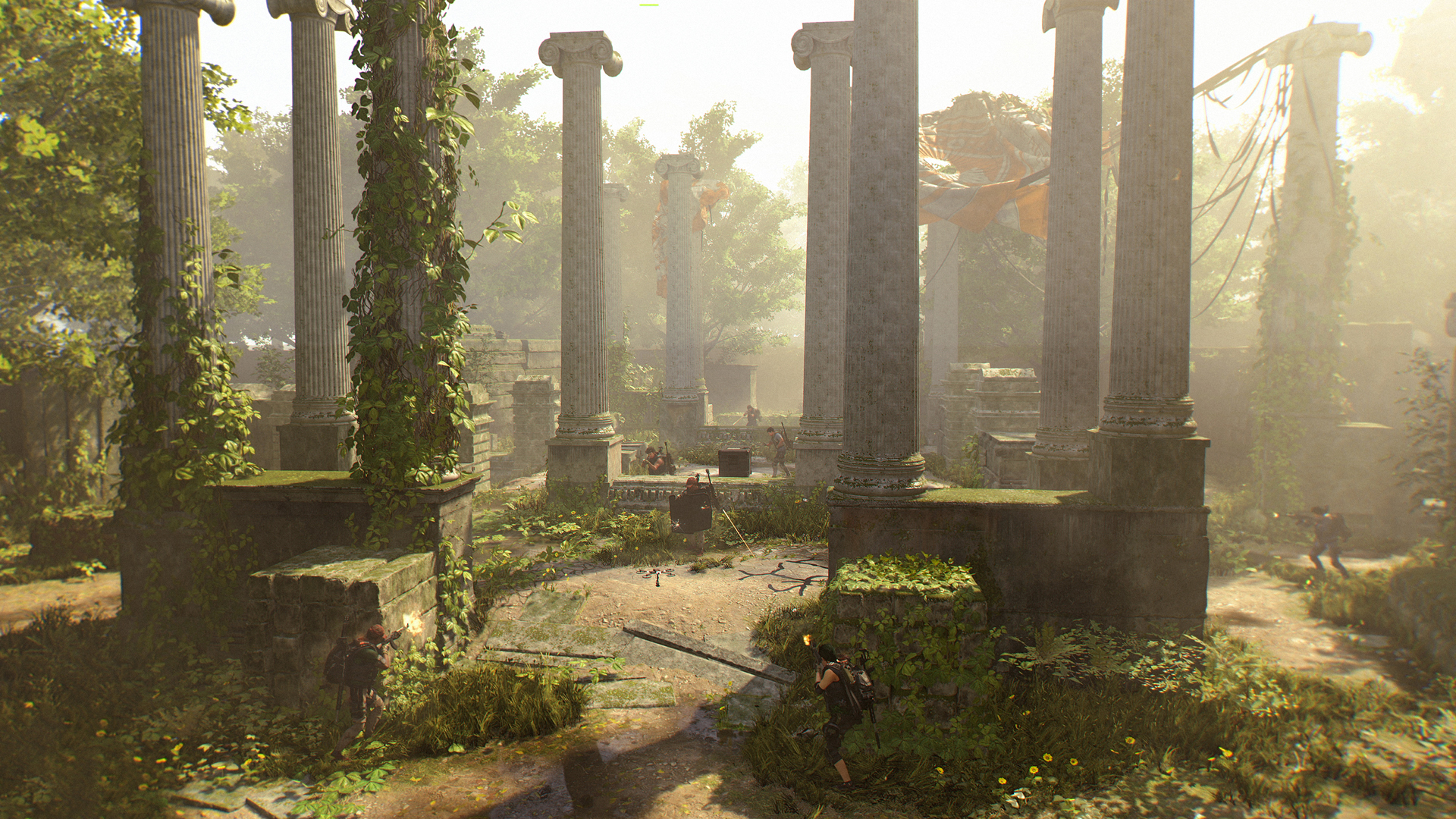
-
The Division 2
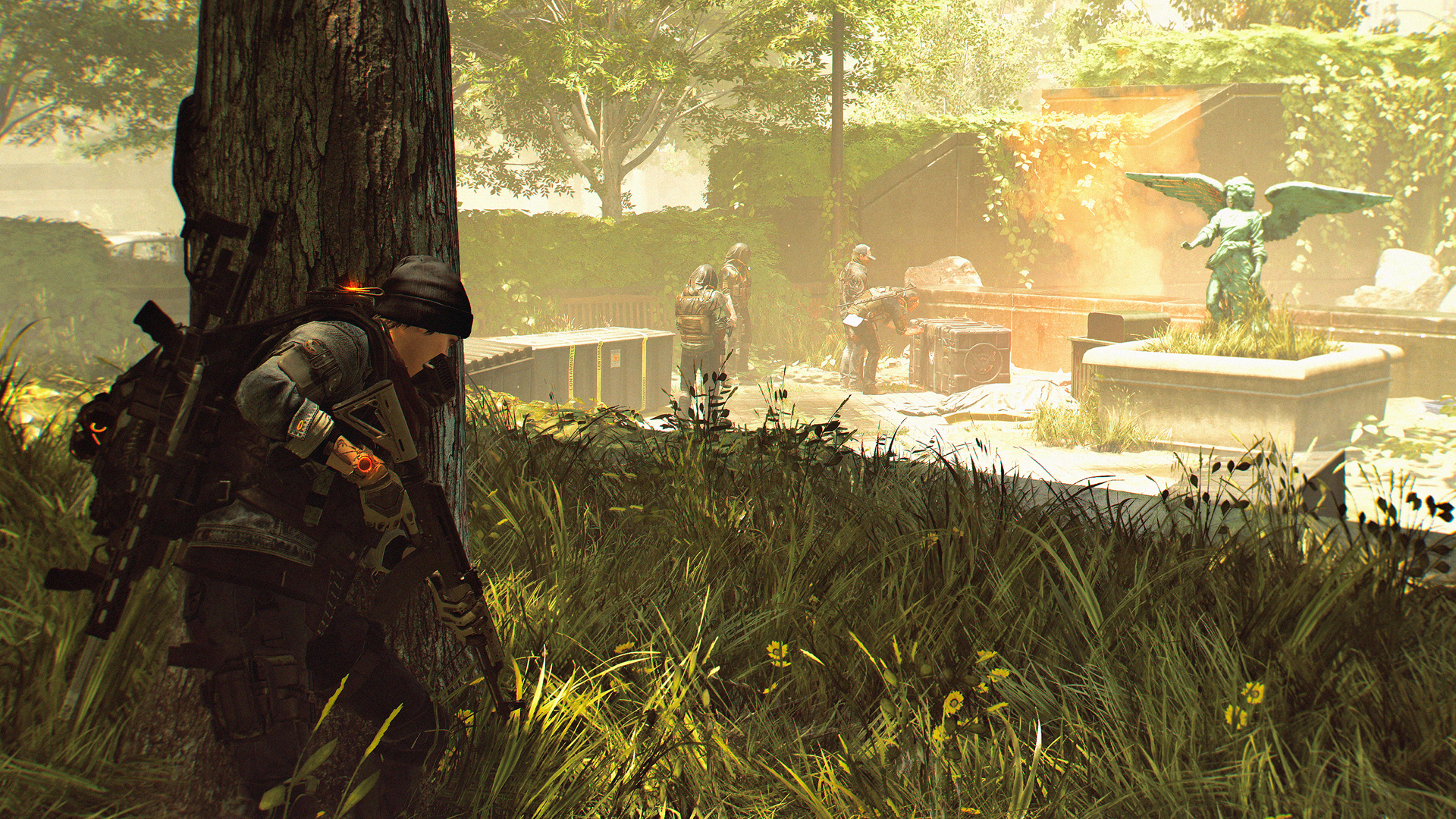
-
The Division 2
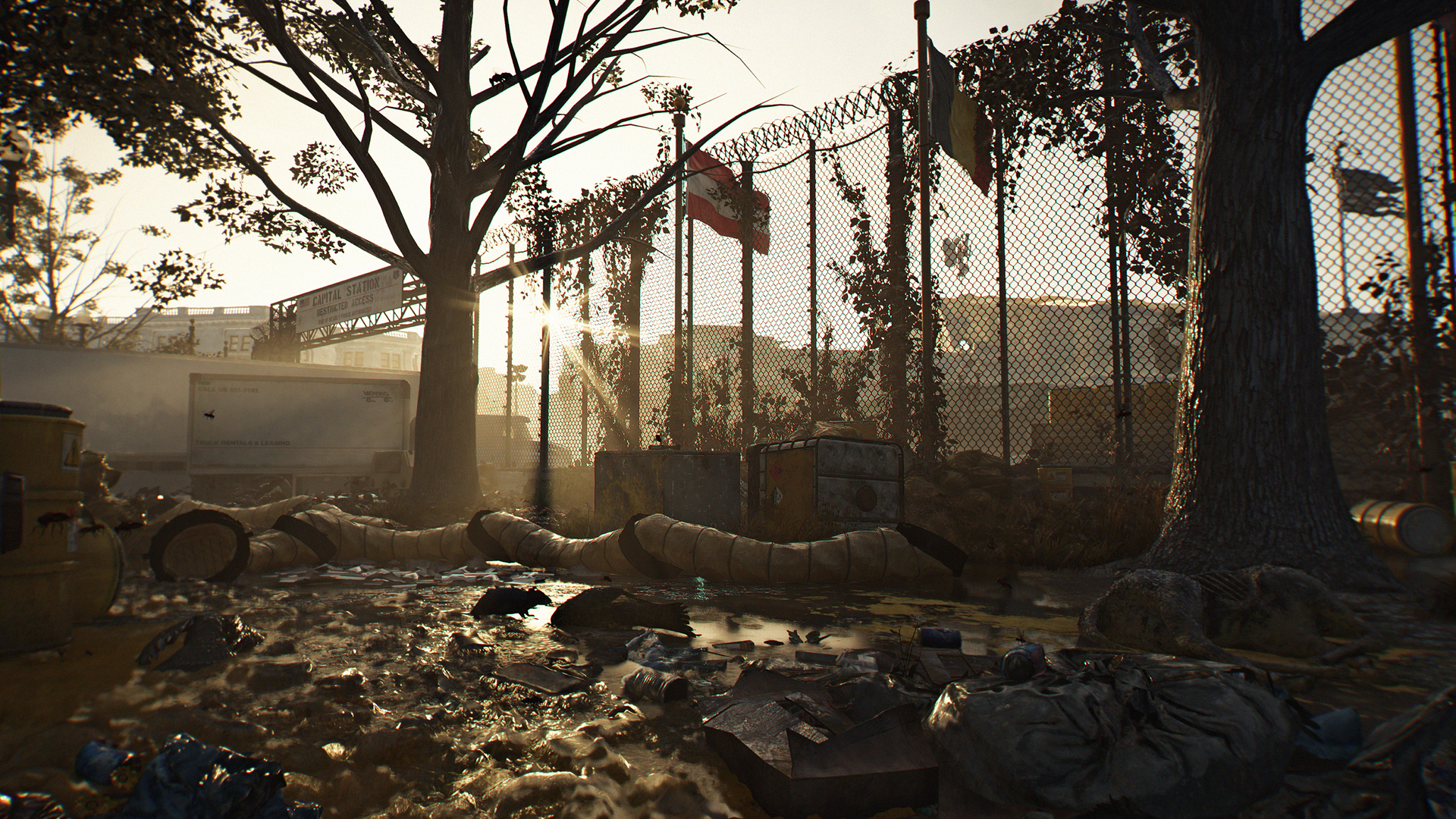
-
The Division 2
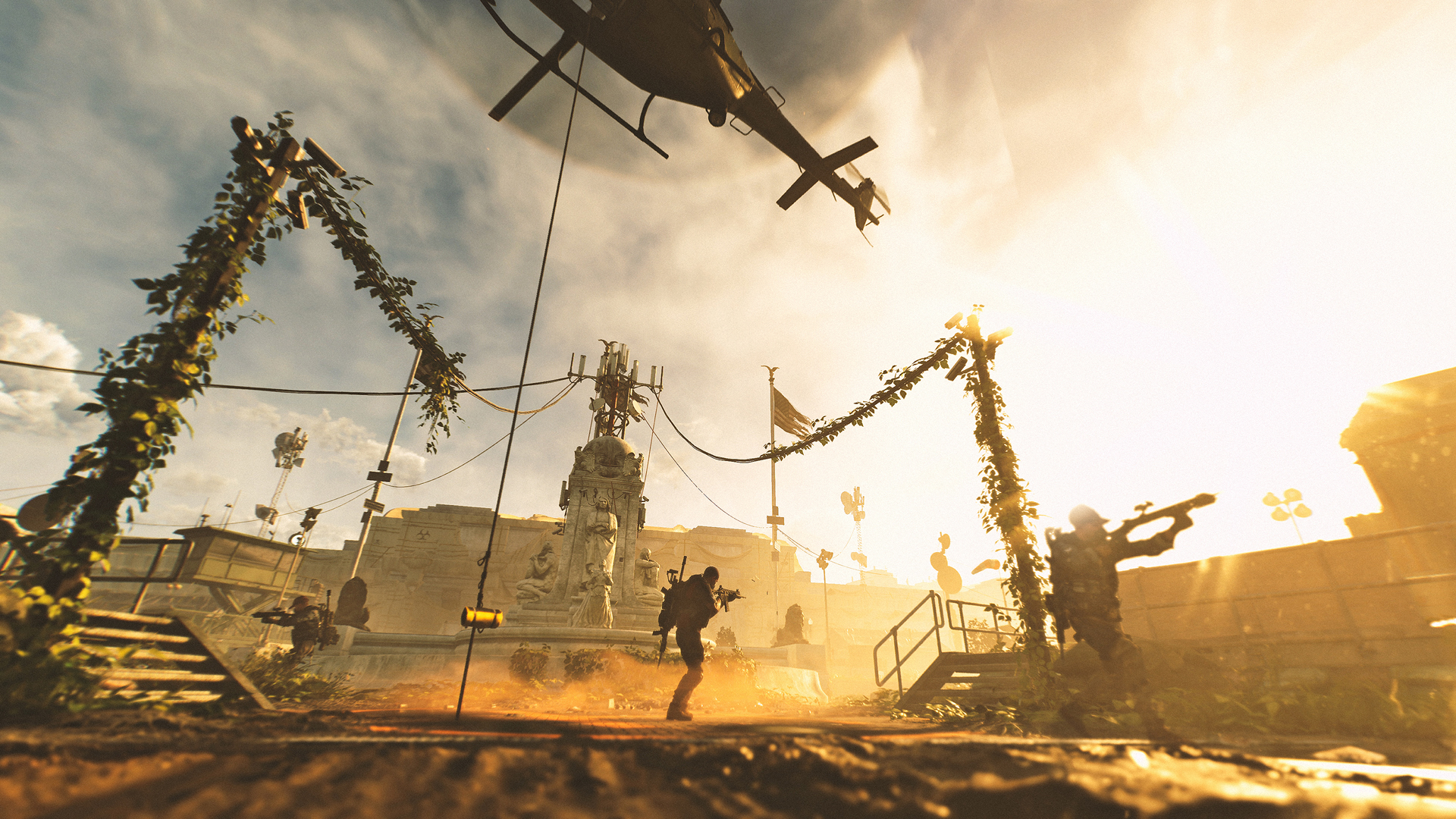
-
The Division 2
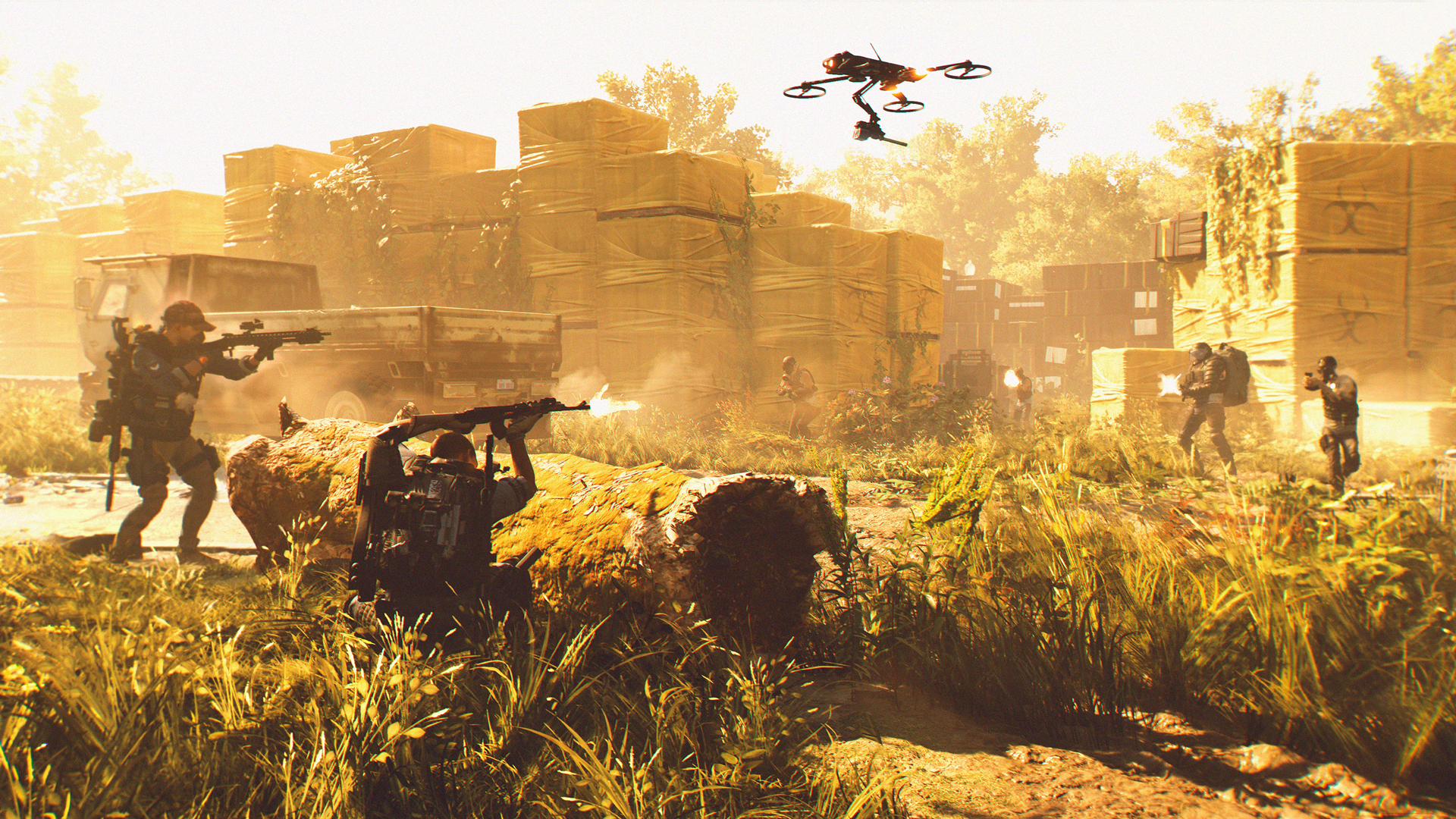
-
The Division 2
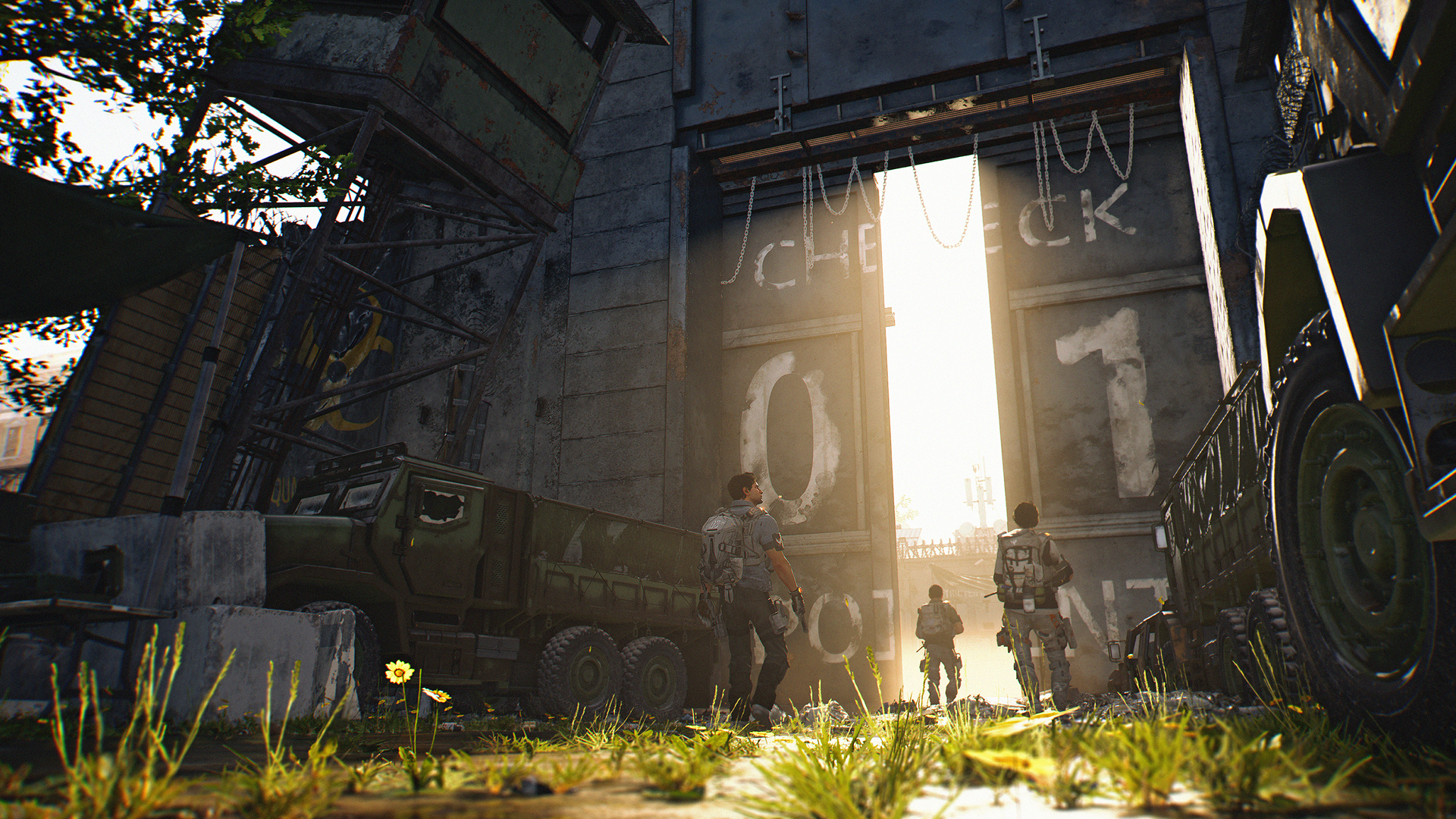
-
The Division 2
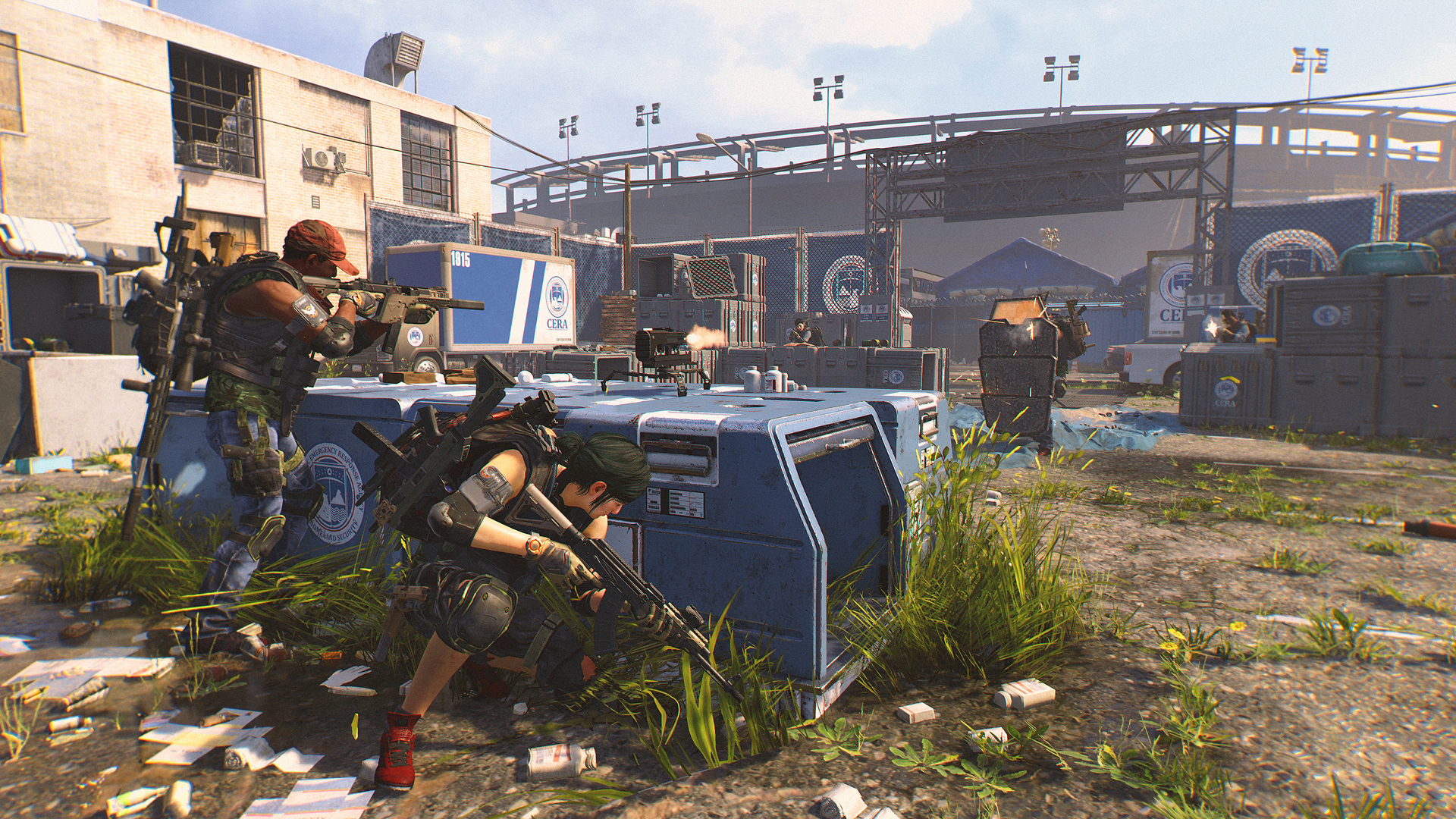
-
The Division 2
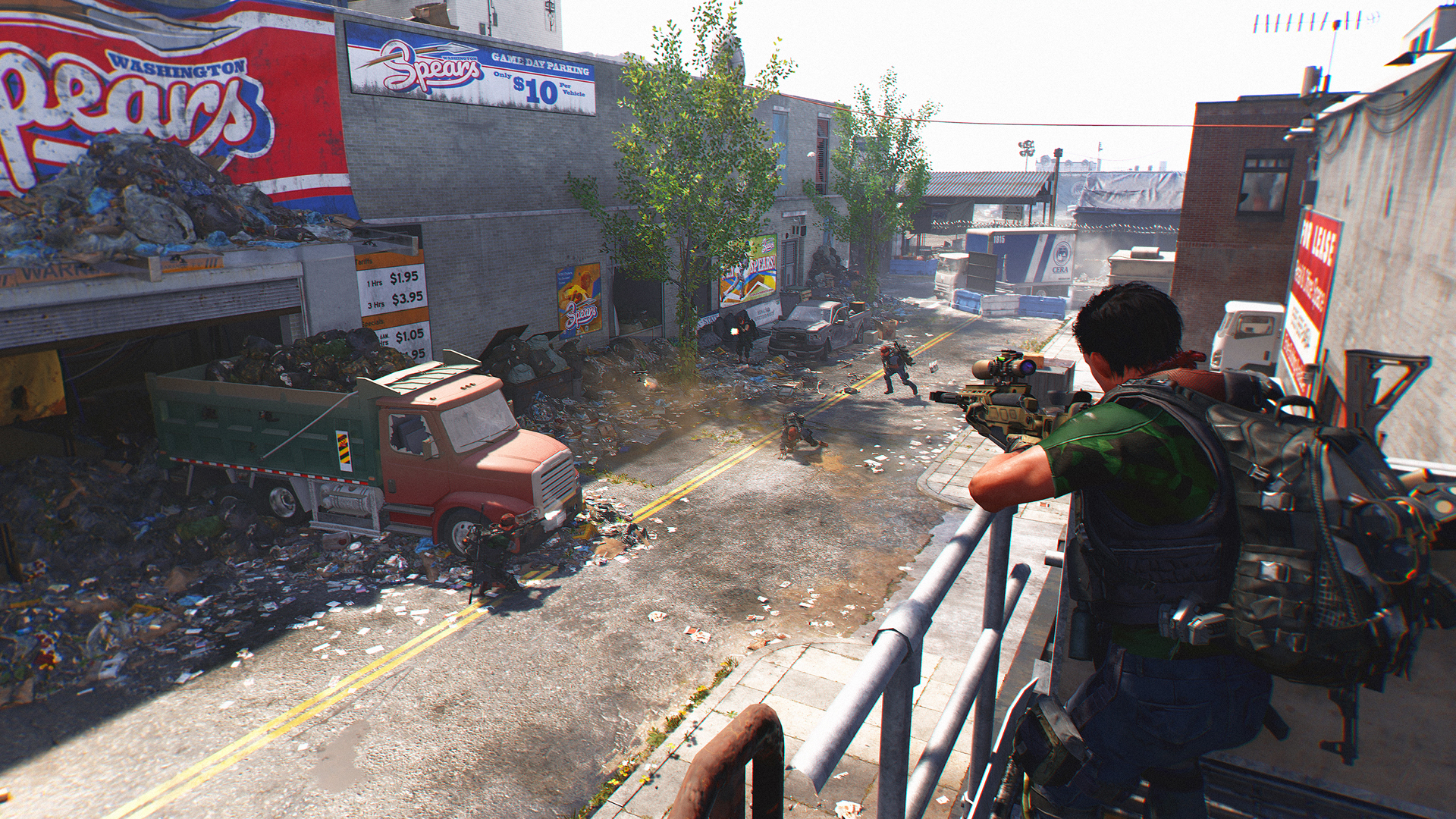
-
The Division 2

